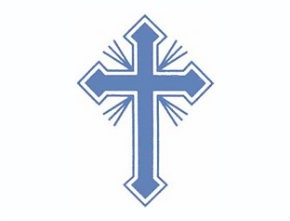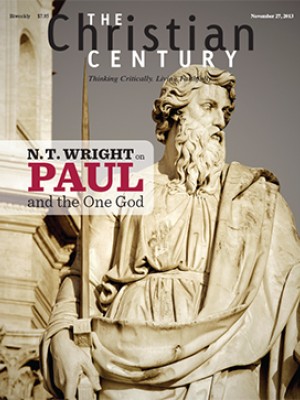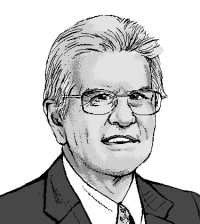Reformation in Ethiopia

Stop me if you’ve heard this story before. It’s about an ancient church with a near monopoly of religious practice and a stunning tradition of artistic achievement. Ordinary people love the church as a symbol of holiness and cultural identity, but most have little idea of what it actually teaches. The church uses a language unknown beyond the clergy, so religious services are incomprehensible. Even so, lay believers enter enthusiastically into the church’s well-established traditions, its pilgrimages and devotions, its popular cults of saints, martyrs and angels. And then suddenly a few daring activists start putting the Bible into the familiar language of everyday speech. As the laity delve into the Bible’s pages, a revolution begins . . .
Although I could be describing Catholic Europe around 1520, every word also applies to the recent history of Christianity in Ethiopia, a land that became Christian even before the Roman Empire did. Through most of its history, the mainstream national faith was the Tewahedo (“One-ness”) Church, or Ethiopian Orthodox. This highly traditional body is strongly liturgical in orientation, with a clearly defined clergy. Services are conducted in the language of Ge’ez, which was the main tongue of the early medieval kingdom of Aksum. Apart from being incomprehensible, the liturgies are very lengthy, lasting multiple hours—and sometimes days.
Read our latest issue or browse back issues.
Like Europe’s medieval Catholic Church, the Orthodox faith penetrates every aspect of life and behavior. Yet however passionate in their commitment, laypeople are limited in what they can learn from the liturgy. Outside the churches, Ge’ez is extinct and has been replaced by Amharic as Ethiopia’s lingua franca.
Not until the 19th century was the Bible translated into Amharic. It was done through the heroic work of a mysterious figure called Abu Rumi, who was probably an Orthodox monk. By the end of that century, that Bible was starting to reshape the faith, sparking revival movements.
Even more remarkable was the work of Onesimos Nesib. Born to the Oromo people, Onesimos was enslaved as a child but was liberated by Swedish missionaries, who educated him. He dedicated himself to translating the Bible into Oromo, aided by another freed slave, a woman called Aster Ganno. (Not surprisingly perhaps, given historical prejudices, Onesimos has usually received all the credit for this work.)
So by the end of the 19th century Ethiopians had the Bible in the national language and in Oromo, the language of a third of the nation. Until the 1970s, these new resources had some impact, but they were constrained by the firm Orthodoxy of the church and the royal regime.
In 1974, however, the old order crumbled in the face of a communist coup, led by a military council or soviet, the Derg. A viciously repressive and antireligious regime remained in power until 1991, causing outside observers to ask whether Christianity would survive. Only with the fall of communism was it finally possible to see what battered remnants of the old faith might endure.
As it turned out, much more than remnants remained. The churches were in fact doing very well indeed, and some boomed during the repression. Today, in a country with 93 million people, 40 million still adhere to the Tewahedo Church, and another 32 million are Muslims. The real surprise, though, is the number of Protestants, who were a very marginal presence before 1974. They are now 17 million strong, around 18 percent of the population, and multiplying fast.
Since the 1970s, Ethiopia has enjoyed something very much like the Protestant Reformation, a movement based largely on increasing popular access to the vernacular Bible. One successful body is the Ethiopian Evangelical Church Mekane Yesus, EECMY, which is Lutheran—appropriately enough, given the historical parallels to Luther’s own day. Originating among foreign missionary bodies, the church achieved its independence in 1969, only a few years before the revolution. However, it developed firm roots, particularly among the Oromo people, thanks to Onesimos and Aster. Since the 1960s, EECMY has grown from a few thousand baptized members to some 5.5 million.
The Mekane Yesus Church is by no means the only force in the Protestant expansion. Even larger is the Kale Heywet (Word of Life) charismatic church, a Bible-centered group with 6.5 million members. Smaller groups include the Meserete Kristos (Christ Is the Foundation), which is Mennonite. Impossible to count precisely are the congregations of the thriving but diffuse Mulu Wongel (Full Gospel) Church. Mulu Wongel’s main congregation in Addis Ababa is one of Africa’s largest megachurches.
Have you ever wondered what it would be like to live through the Reformation? In Ethiopia, you can see a version firsthand.






